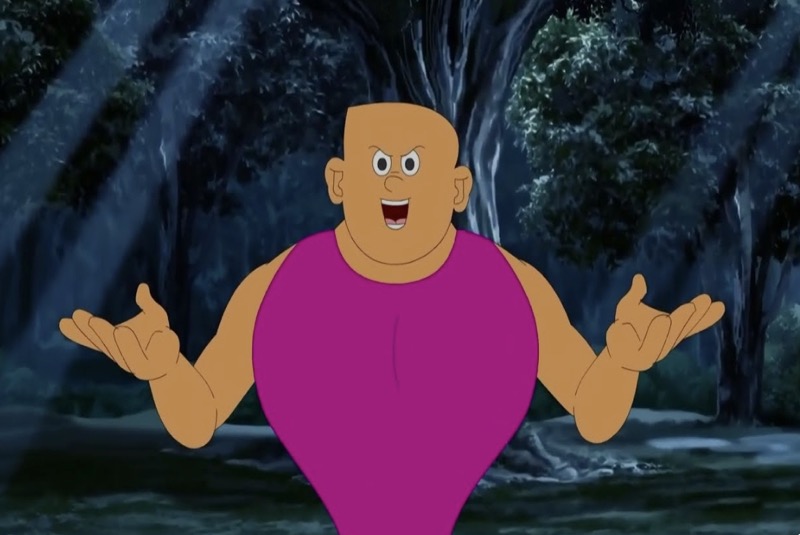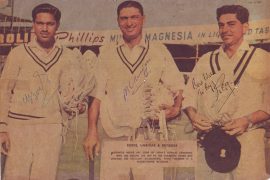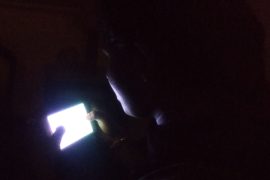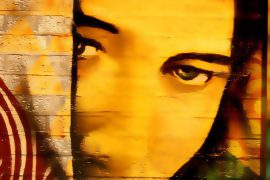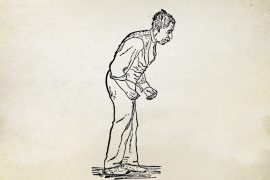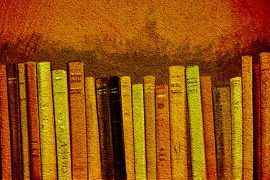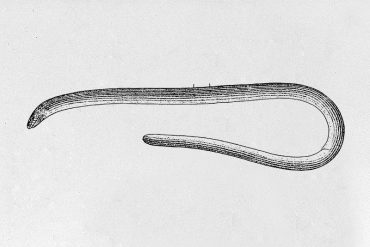Narayan Debnath’s comic strips are household hits in Bengal; children and adults alike have cherished his work. Debnath, who received Padma Shri for his work, continued working for over five decades until the age of 92, when he finally stopped working on Handa Bhonda.
His characters, symbolic of Bengali society, exude nationalistic idealism. One such character, Bantul, was much loved. He was a formidable cartoon, conceived during the Indo-Pakistan War of 1971 during Bangladesh liberation.
Bantul The Great was created by Debnath in 1965. Bantul—a short-statured man with a 40-inch chest and thin legs, dressed in a pink vest and shorts—runs around barefoot. He possesses great strength, enough to break a wall or toss tanks over his head and devour a whole whale for his breakfast.
But why did this character stand out to the Bengali public?
Until the 1960s, Debnath worked as an illustrator at Deb Sahitya Kutir, a leading publishing house in Calcutta; he had no training in making comic strip characters and cartoons. But in the 1950s, Shuktara, a monthly Bengali children’s magazine, offered a regular comic strip and released his most iconic creation—Handa Bhonda.
I drew them in the Laurel and Hardy mode, the fat one named Bhonda, was cool and cautious, while his counterpart was Handa, a bit too smart and pompous, who was always getting into trouble.
The comic’s success further encouraged Debnath to create a series called Shutki-Mutki, a humorous pair of skinny and fatty girls. The girls did not appeal to the Bengali reader like Handa Bhonda and did not take off, but Shuktara saw potential in Debnath’s ability to spin funny characters. The magazine company proposed the creation of a new character to be printed in colour, leading Debnath to create and introduce the nation to Bantul the Great.
Debnath often drew inspiration from real-life people for his characters. Bantul too was no different. He was inspired by his friend and well-known bodybuilder, Manohar Aich. Aich, who was 4’11”, won the prestigious title of Mr. Universe and was referred to as ‘Pocket Hercules’ around the world.
The name ‘Bantul’ also refers to him as a short-statured person. Initially, Bantul was created as a regular ‘human’ with a strong build, humble background, and a typical Bengali lifestyle; he relishes sweets and devours fish.
At the time, India was getting into a war with Pakistan to liberate Bangladesh. Bantul the Great was introduced soon after. Newspapers around the nation were running revolutionary news. In the same spirit, the editor of Shuktara requested Debnath to mould Bantul as an invincible superhero who fights enemies.
At first, Debnath was resistant since the editors asked him to draw inspiration from Western superheroes. He worried about copyright issues; however, he adopted Superman’s bullet-bouncing powers, and Bantul evolved to fight missiles, lift tanks over his head, and blow cannon shells with his mouth.
The character raised the spirit of patriotism and provided a push for Bengalis, as Debnath admits that the initial success of Bantul was due to the transformation of the character from a hero to a superhero.
Bantul’s popularity can also be attributed to the amusement and humour he stirred amongst the public. Debnath had retained his humble commoner look and friendly persona even after inferring him with superhuman powers.
Bantul’s strength, combined with his innocence, produced idiosyncratic problems that whipped up comedy. In one story, when Bantul goes to a bank to withdraw cash, he signs a cheque and blows over his signature to dry the ink. The strength of his breath sends all the notes in the bank flying out, leaving Bantul completely helpless.
In another story, Bantul captivates the audience with a hilarious act of crossing a river through a pole jump. In this scene, he cuts a tree by sawing with his leg.
Bantul’s boyish charm, humility, and simplicity capture the audience, and his character, possibly unintentionally, reflects Debnath himself. The Telegraph calls him ‘unassuming.’
While Debnath may not have superpowers, he lived a modest, traditional life. He worked as a freelancer from his small studio at his home in Shibpur, Howrah, and was described as ‘a typical Bengali bhadralok, [who] exudes an unusually boyish charm, devoid of the slightest vanity or malice.’
Yet, Debnath was overwhelmed by fame. Speaking to Scroll, about Debnath’s indifference to fame, Santanu Ghosh, a Kolkata-based publisher, says:
To Narayan Babu, making comics was a nine-to-five job, and he did not see it as a great achievement that needed to be documented or awarded.
Debnath’s achievements in the comic world can be measured in many terms through his popular and relatable characters in Bantul the Great, Handa Bhonda, and Nonte Phonte. He has illustrated a large number of book covers. And, as per Ghosh, his influence can be seen in Bengali illustrators even today.
Debnath has received several national and state government awards, including the prestigious Sahitya Akademi Award in 2013 in the ‘Bal Sahitya Puraskar’ (Children’s Literature) category.
Many of Debnath’s characters spoke to his audience, but a hulk of a man with god-like superpowers, Bantul the Great, arose as a superhero for Bengalis during their time of need. His plain Bengali lifestyle, spiced with light-hearted comedy, let the audience relate to him, while his readiness to stand up against the enemy and protect his fellow citizens delivered national fearlessness, making him the symbol of formidability.
-30-
Copyright©Madras Courier, All Rights Reserved. You may share using our article tools. Please don't cut articles from madrascourier.com and redistribute by email, post to the web, mobile phone or social media.Please send in your feed back and comments to editor@madrascourier.com

